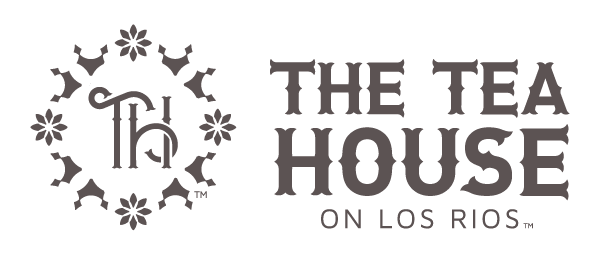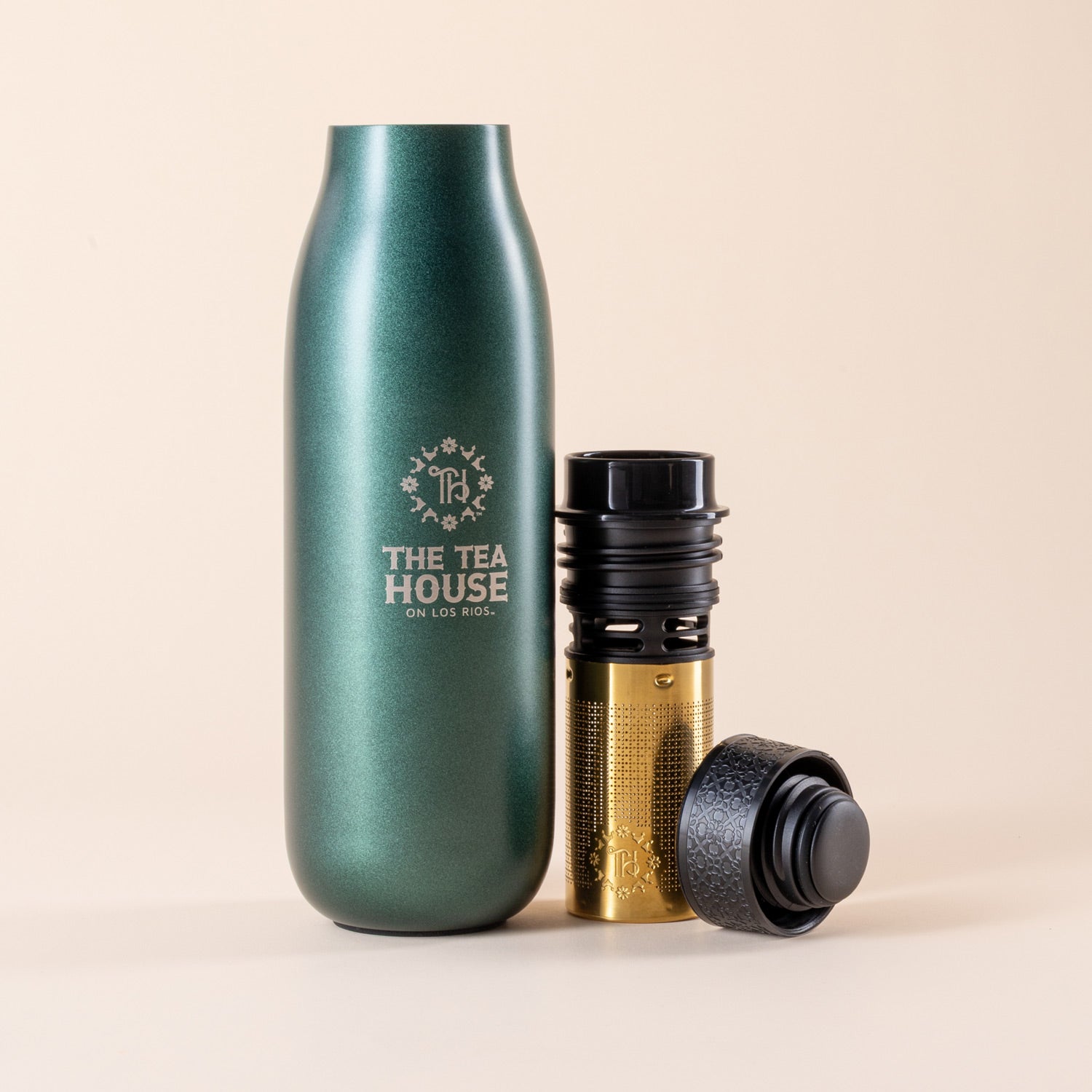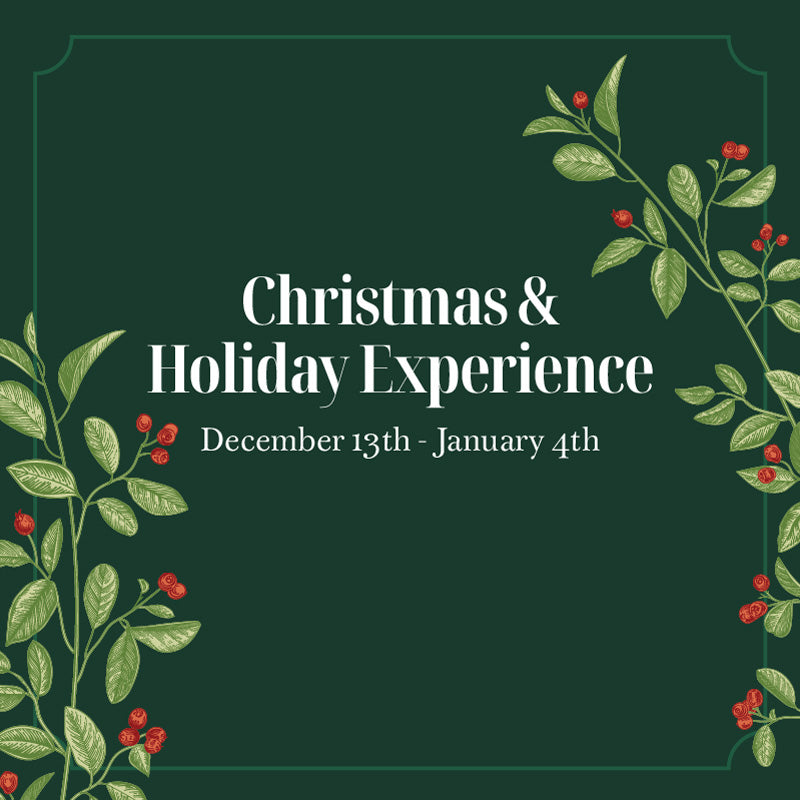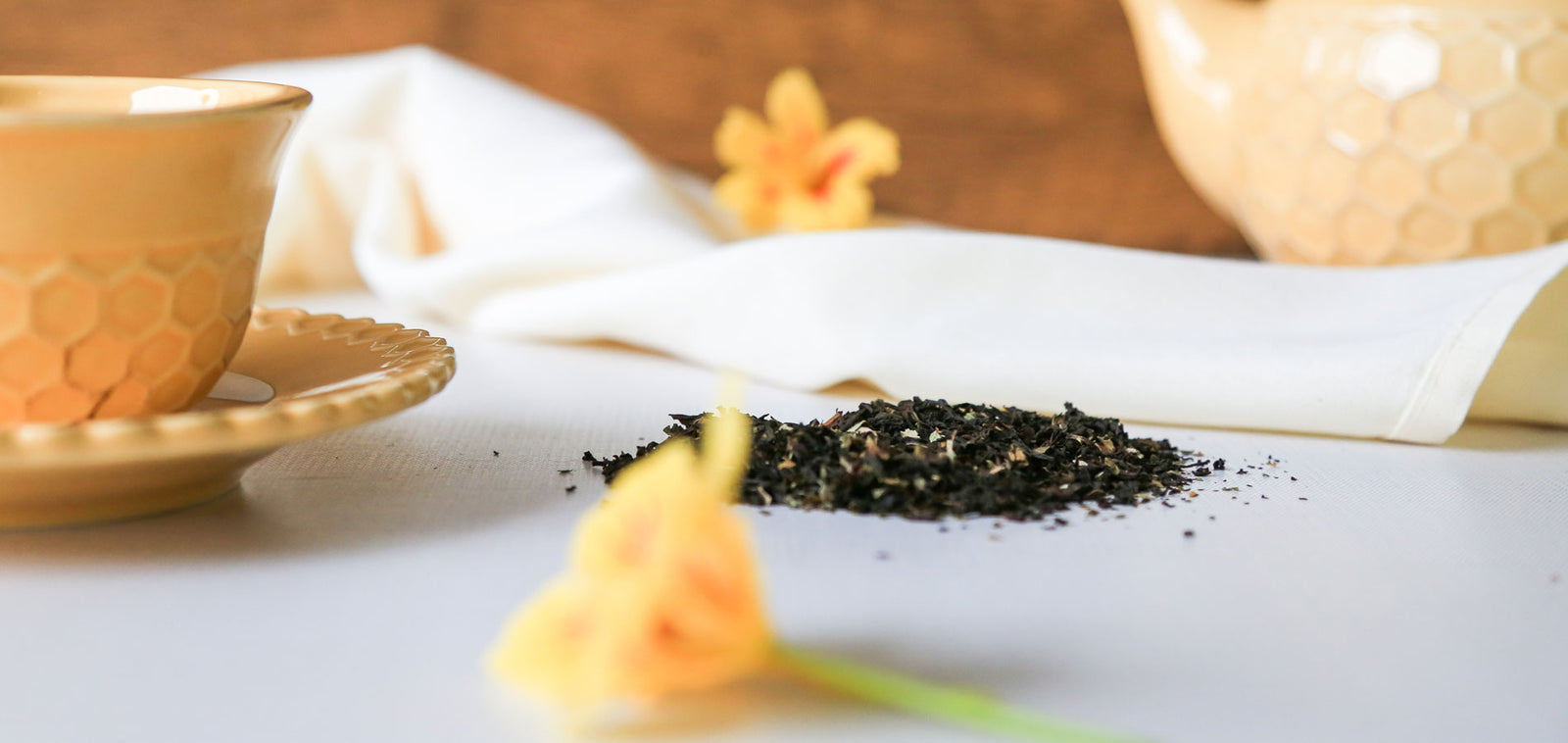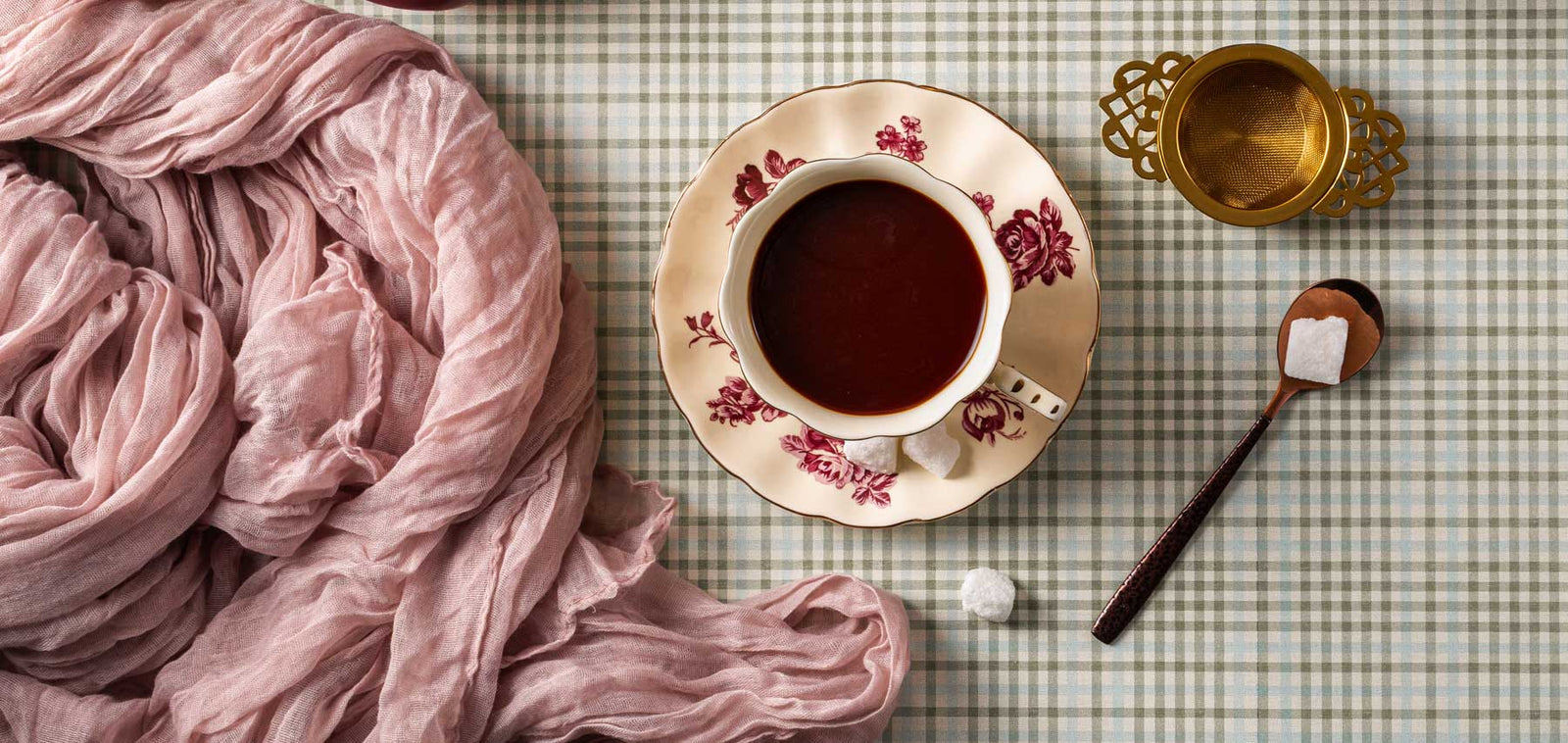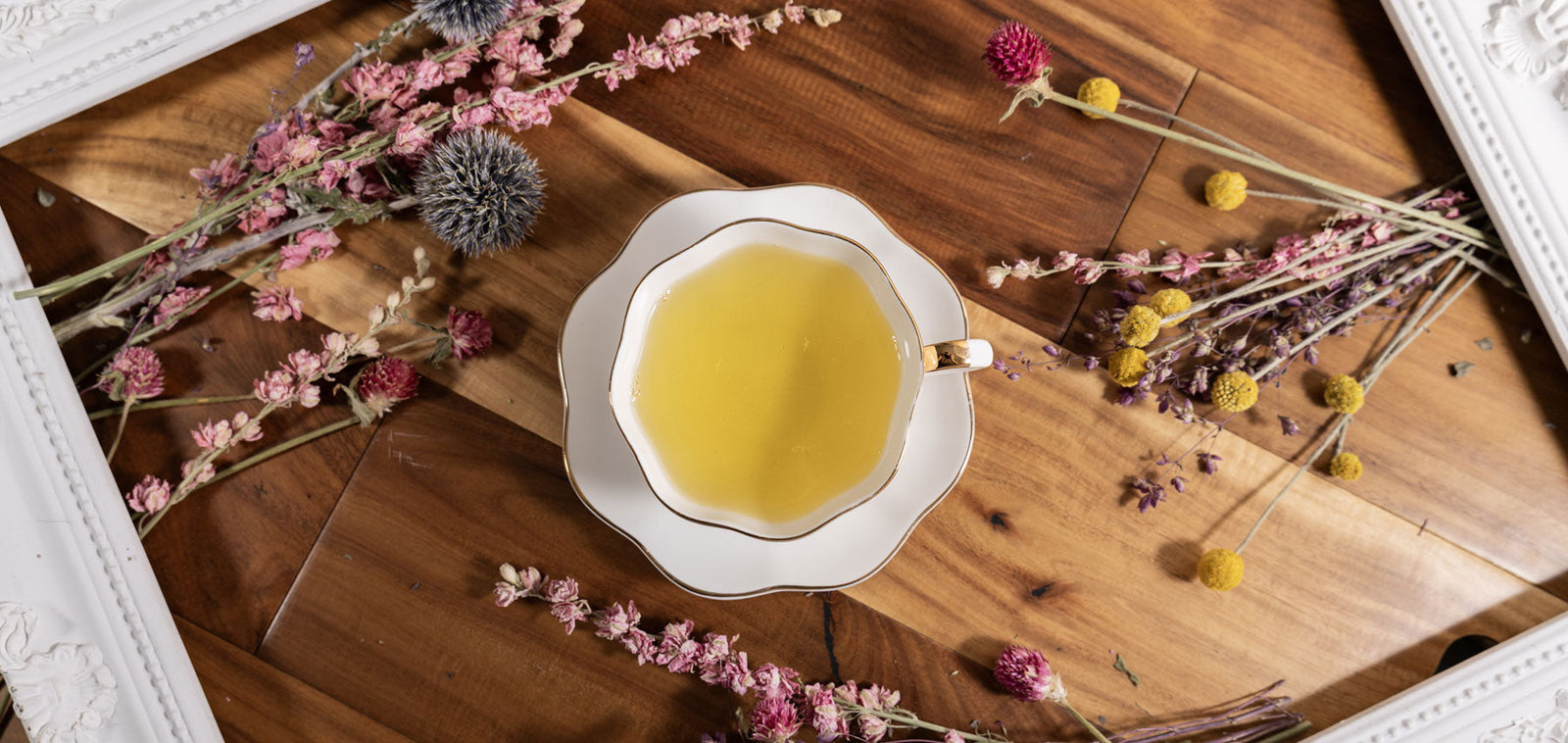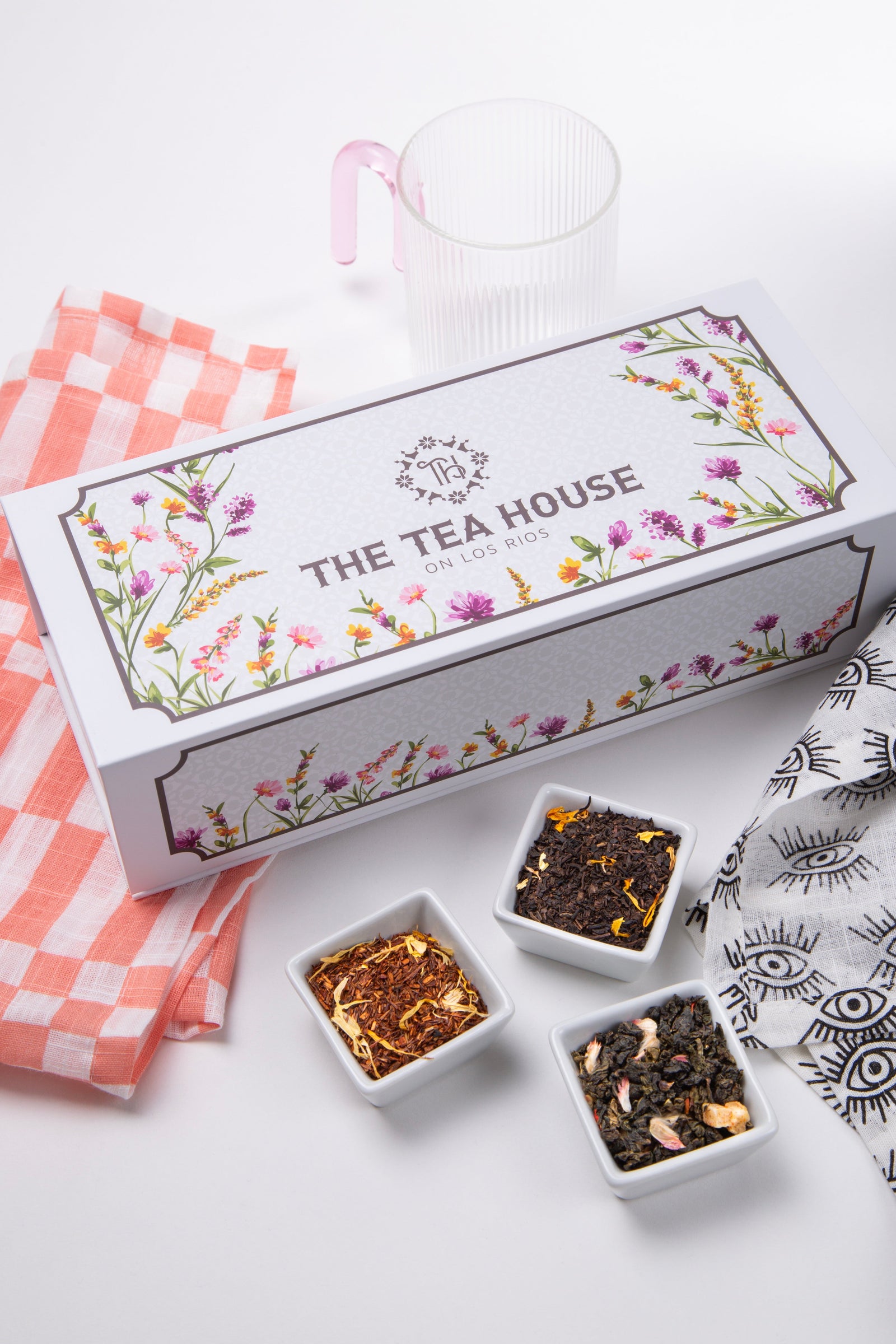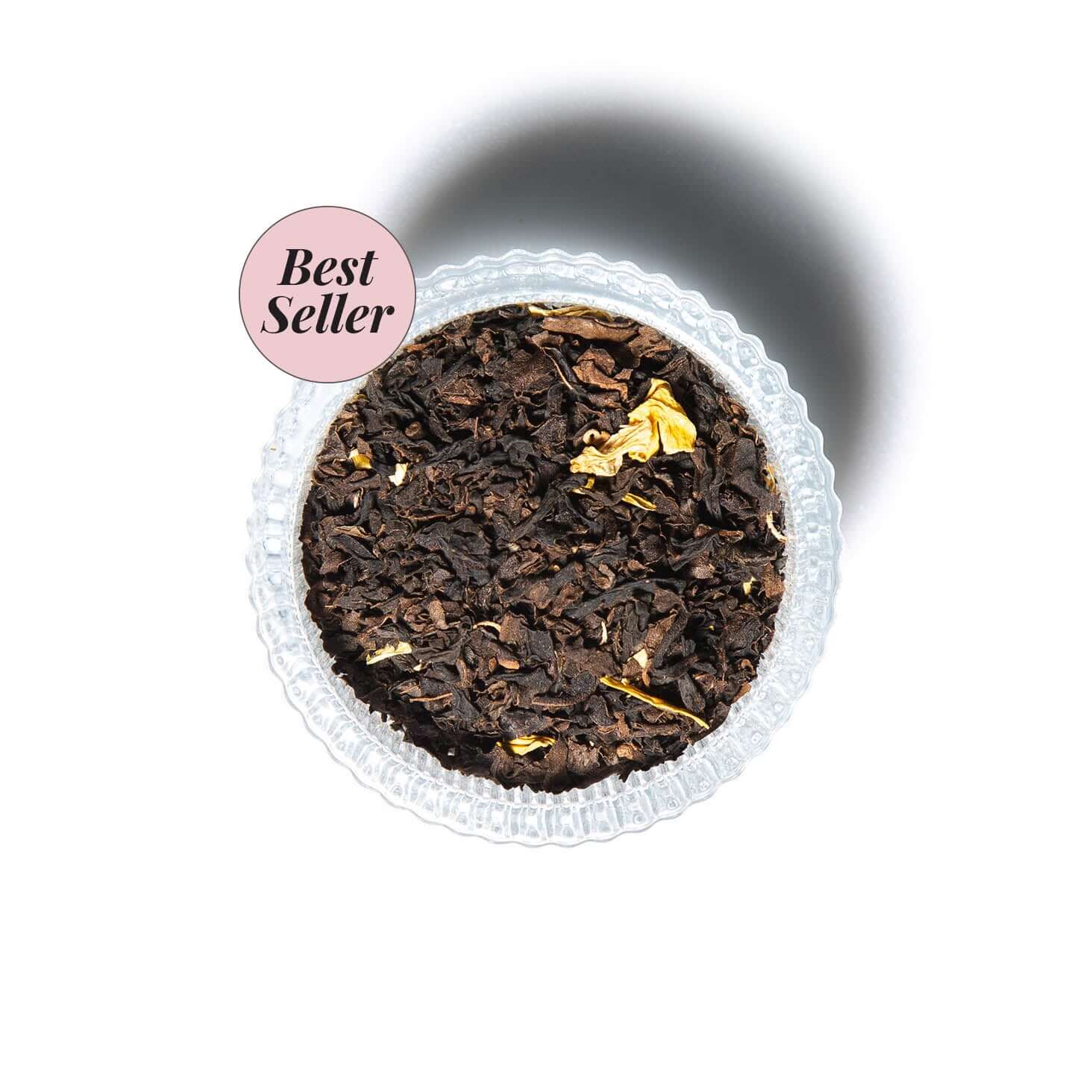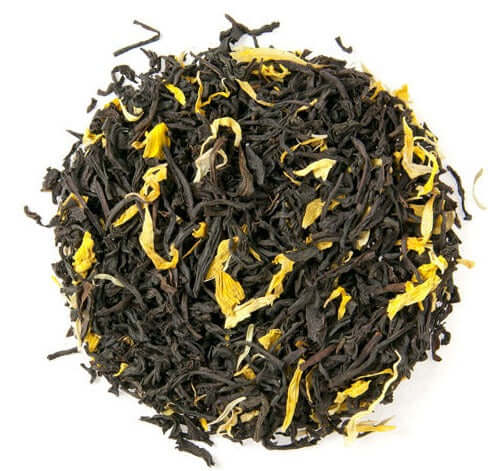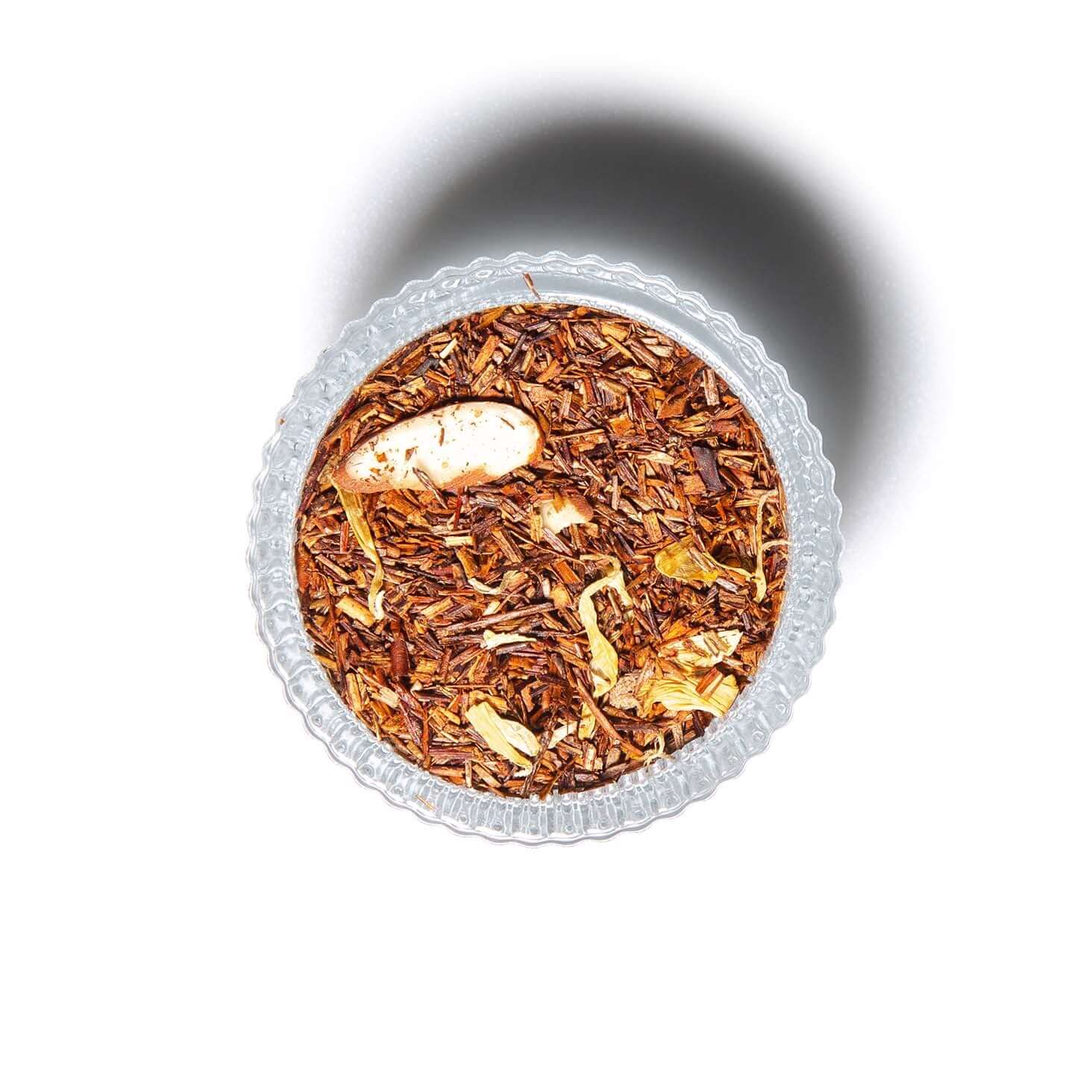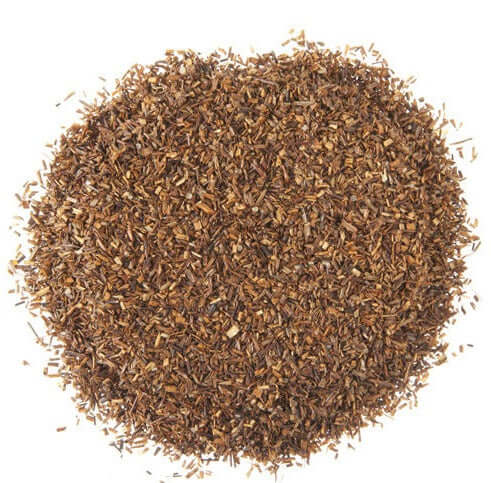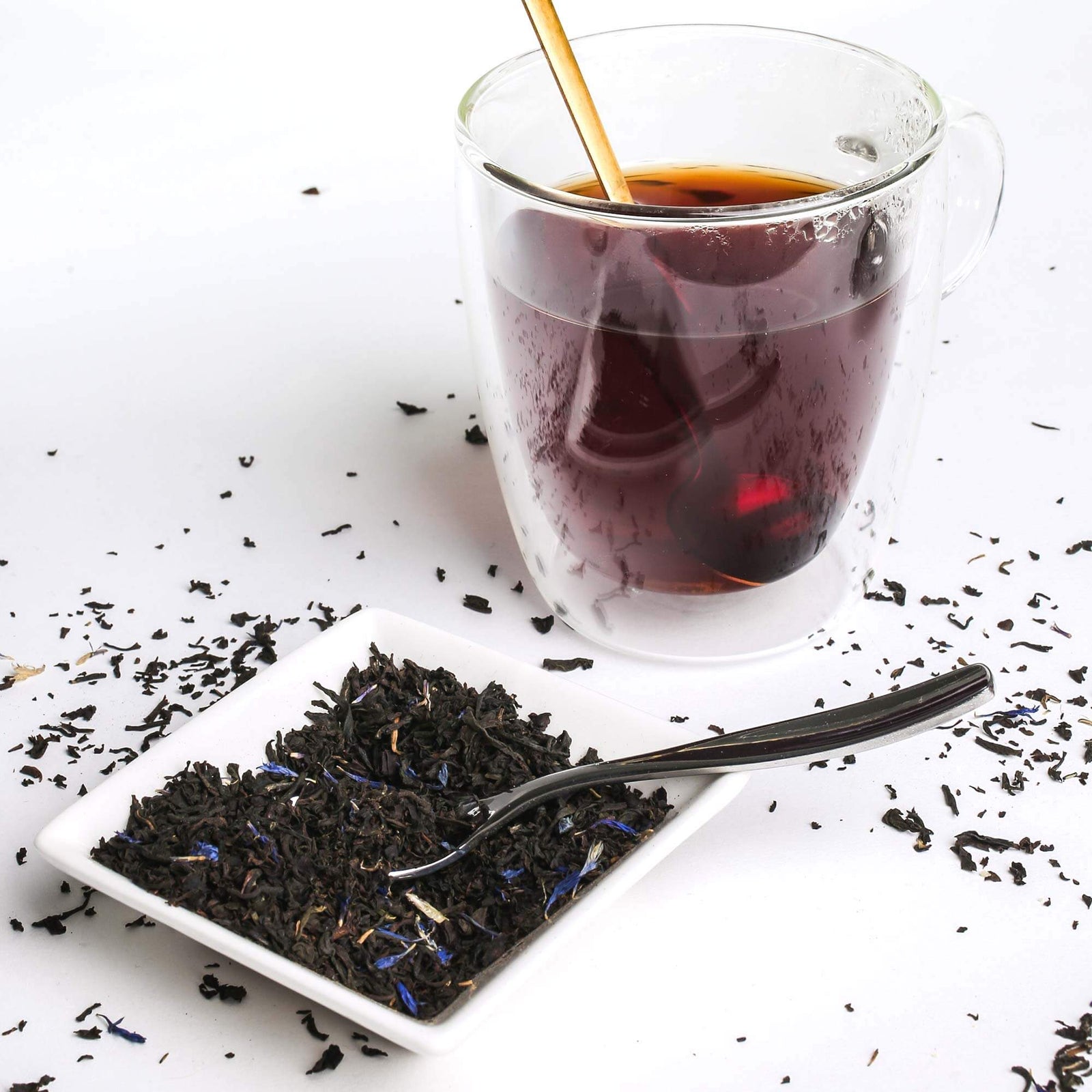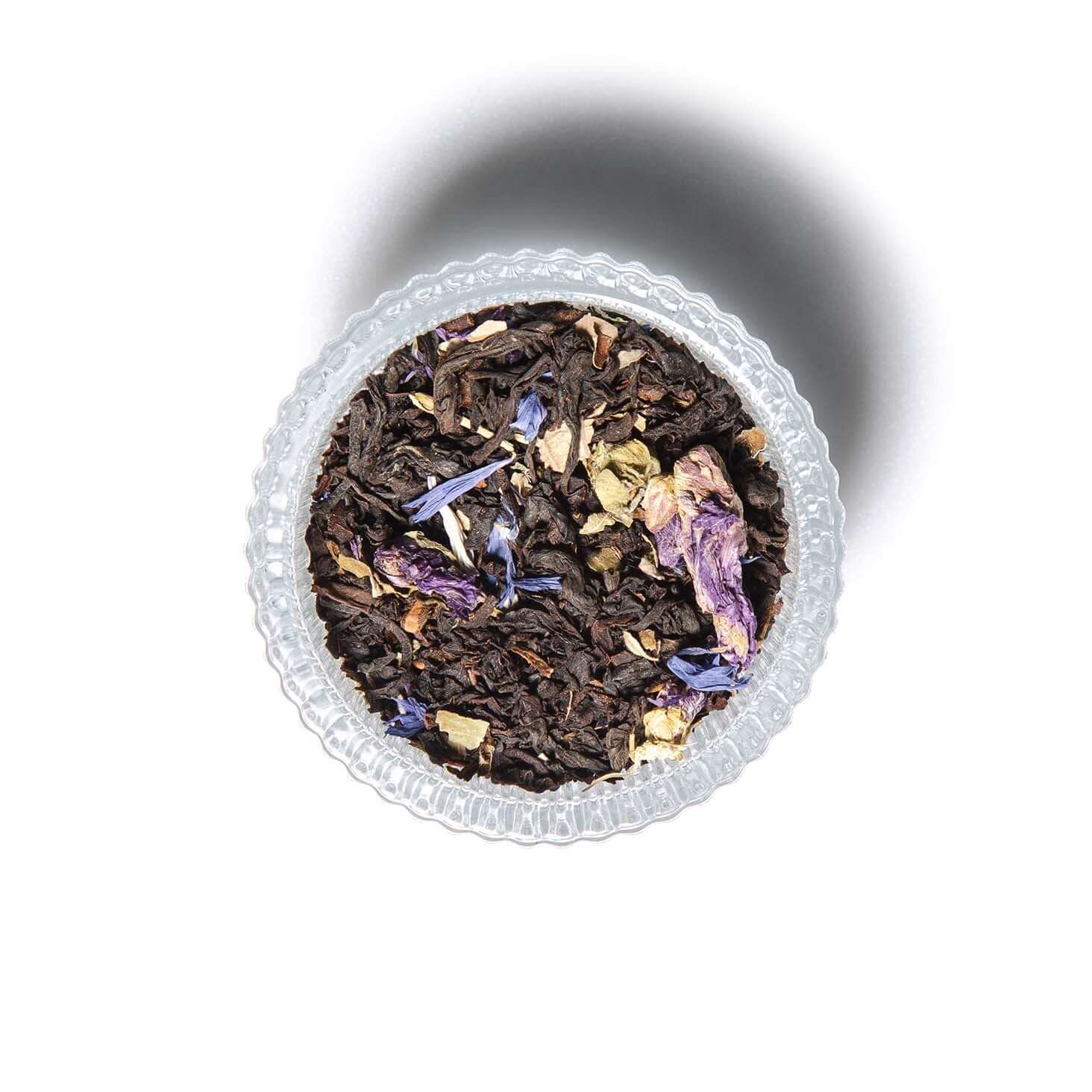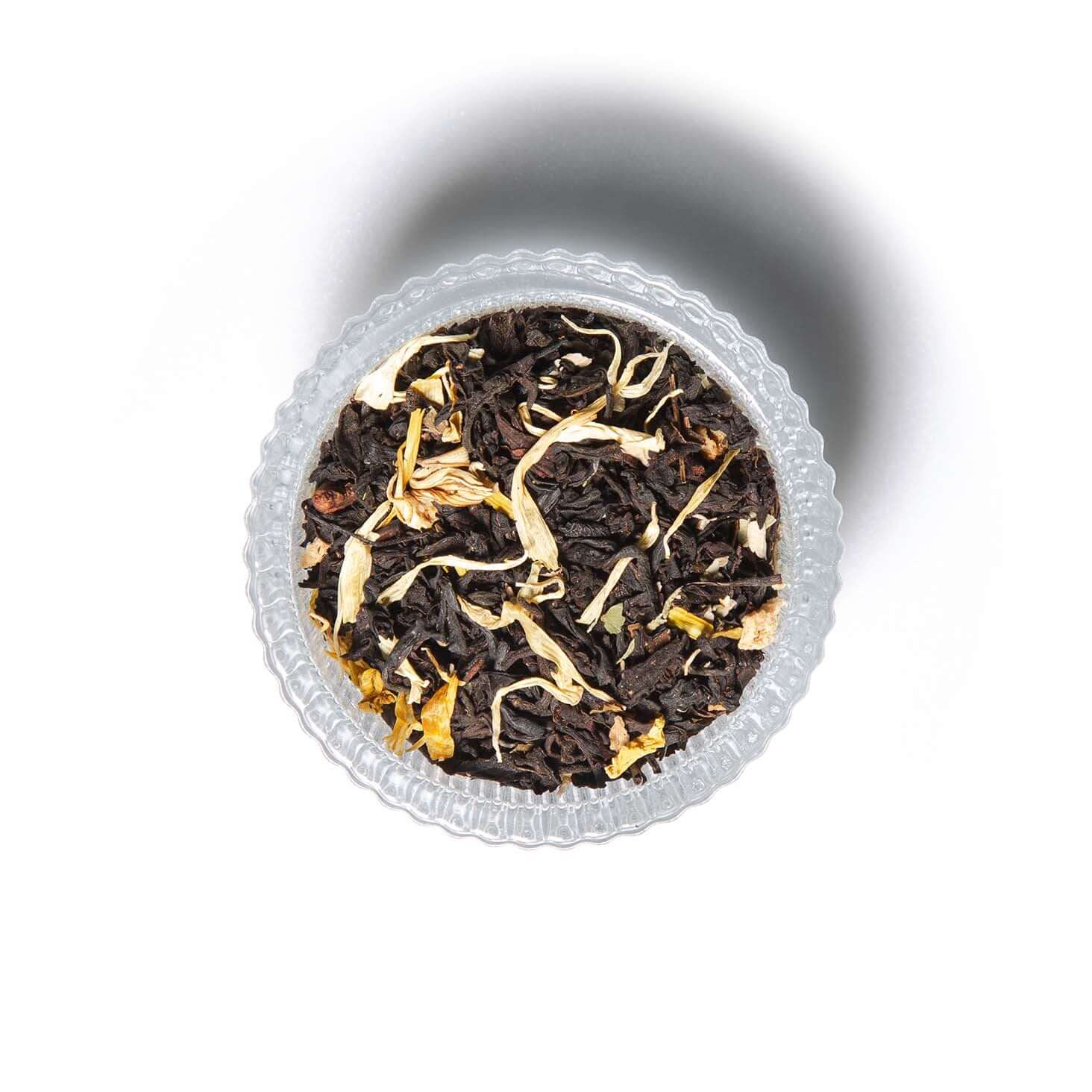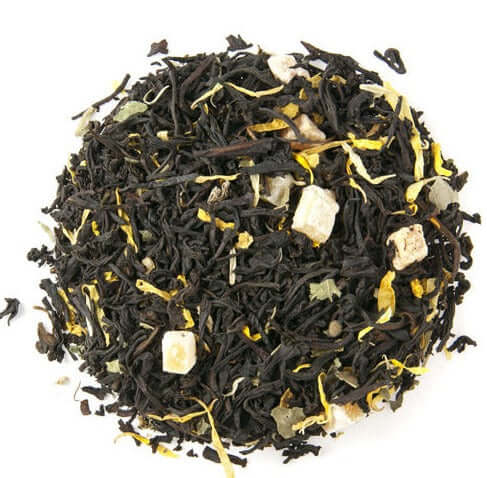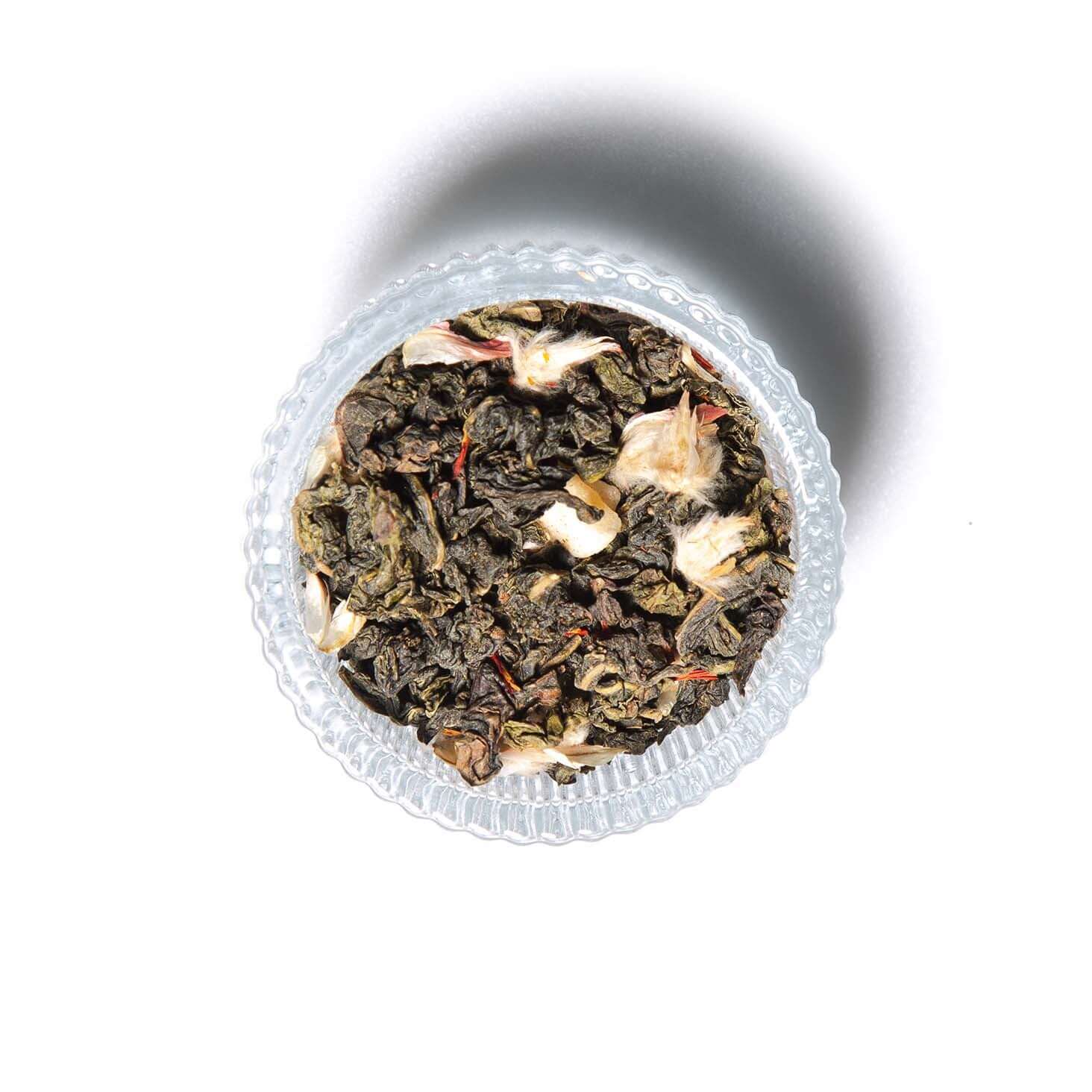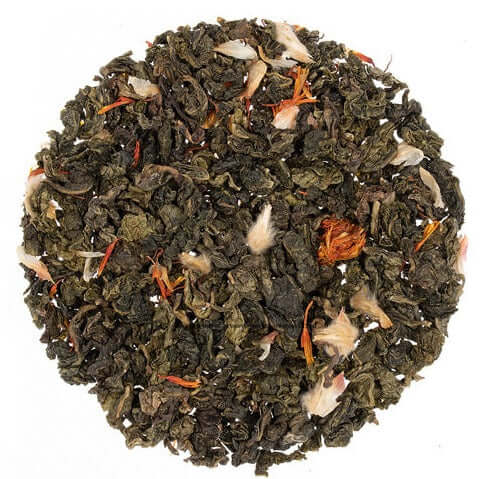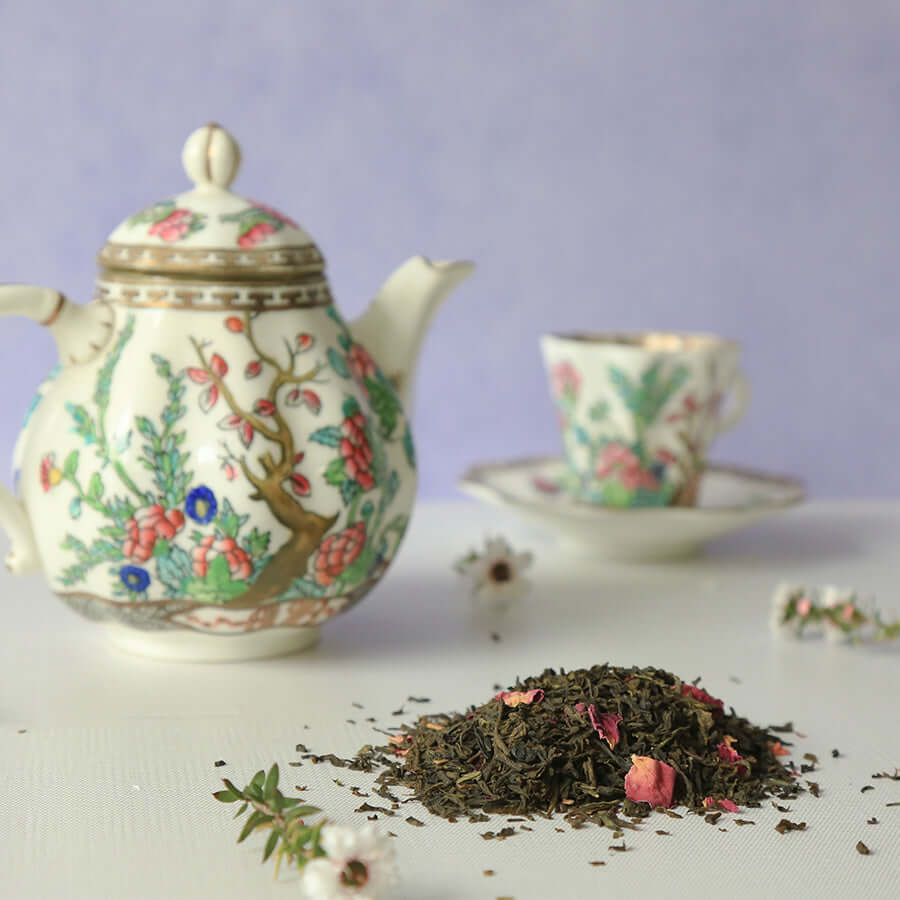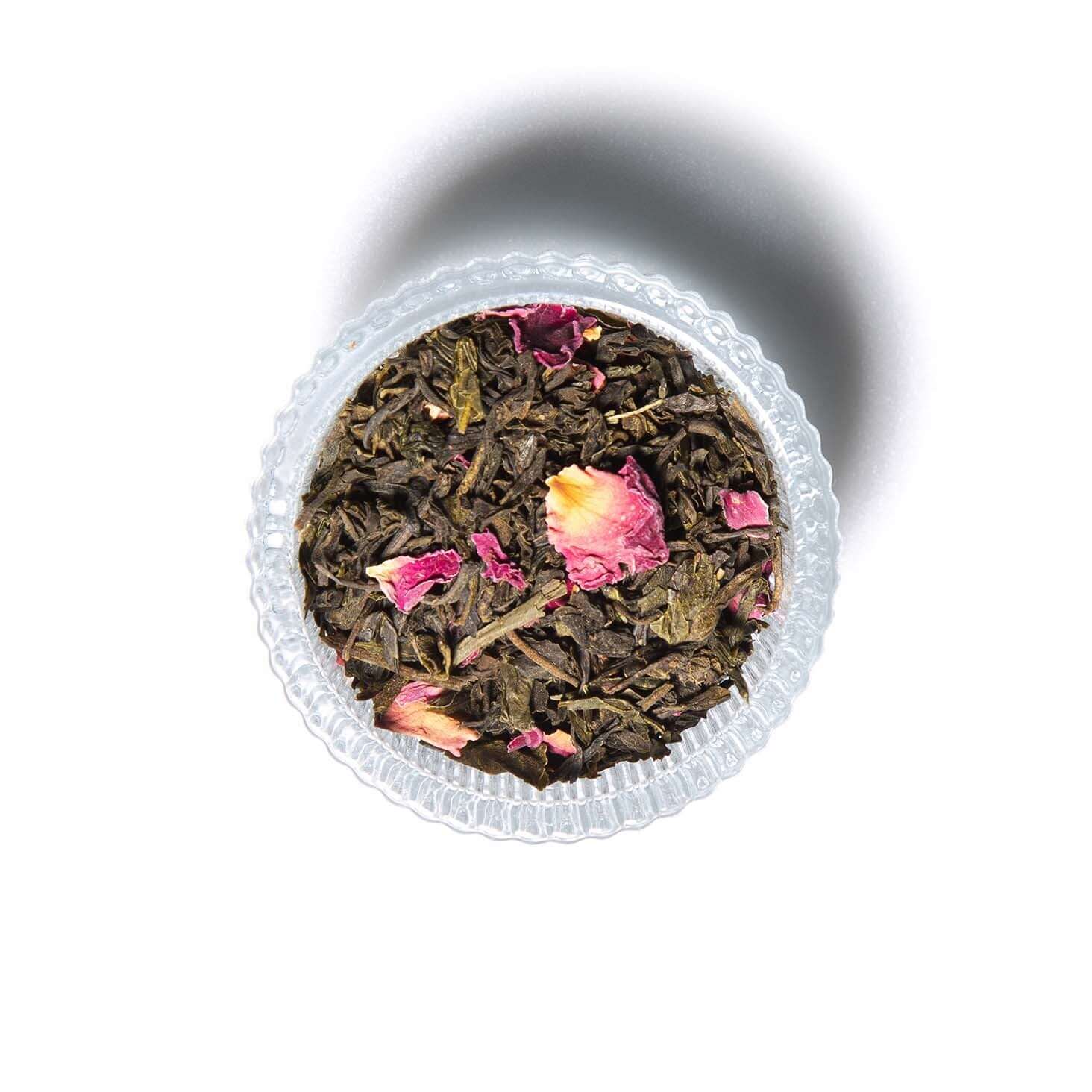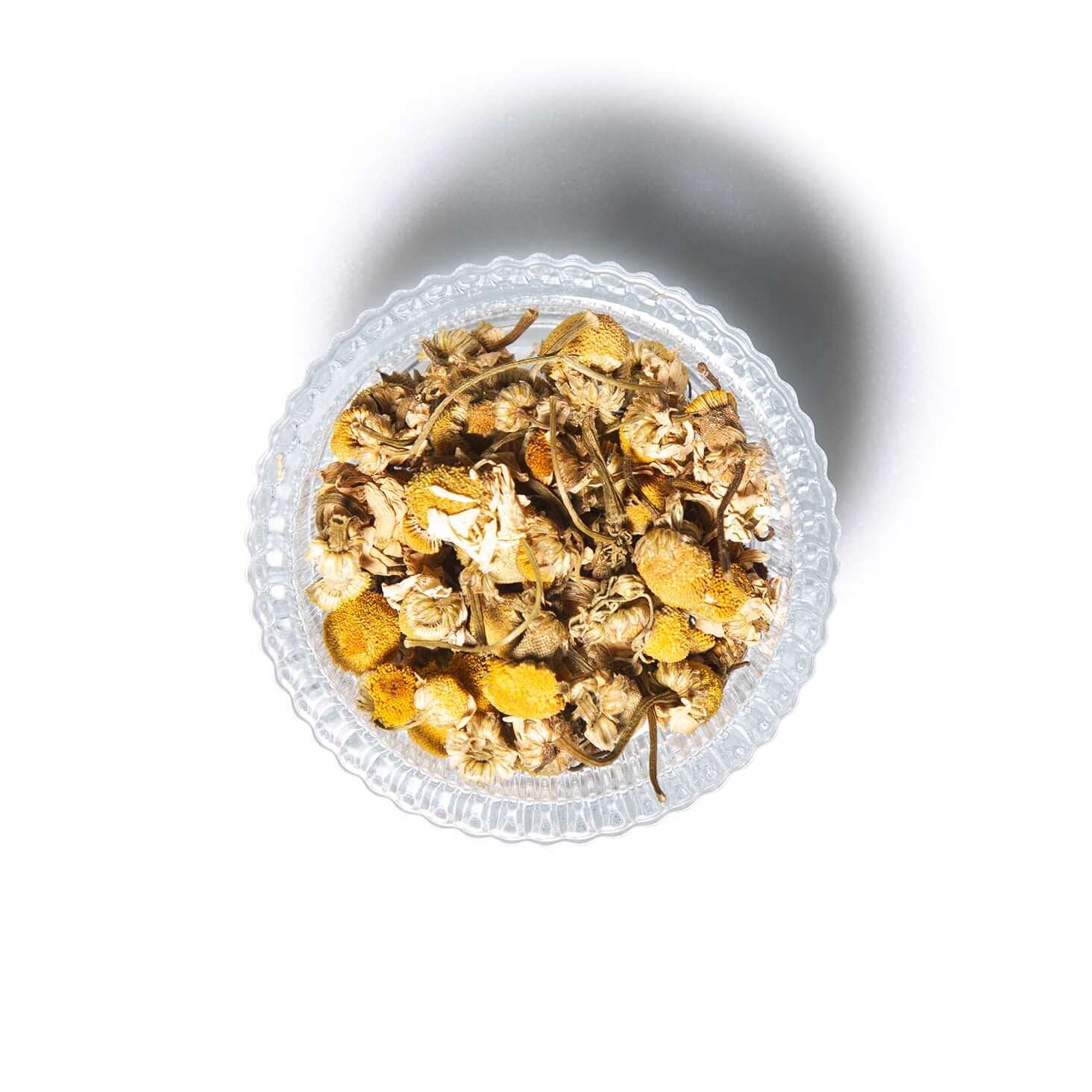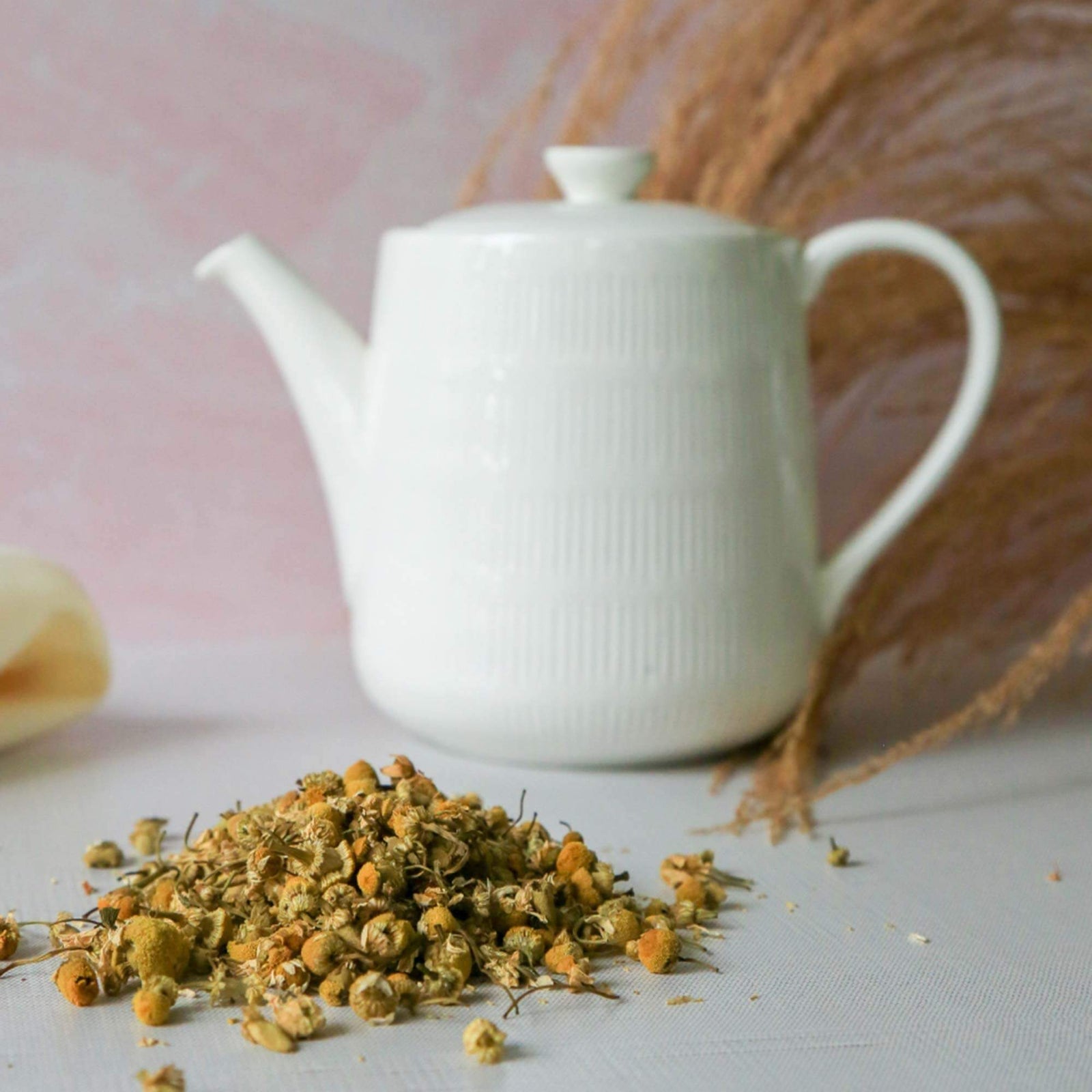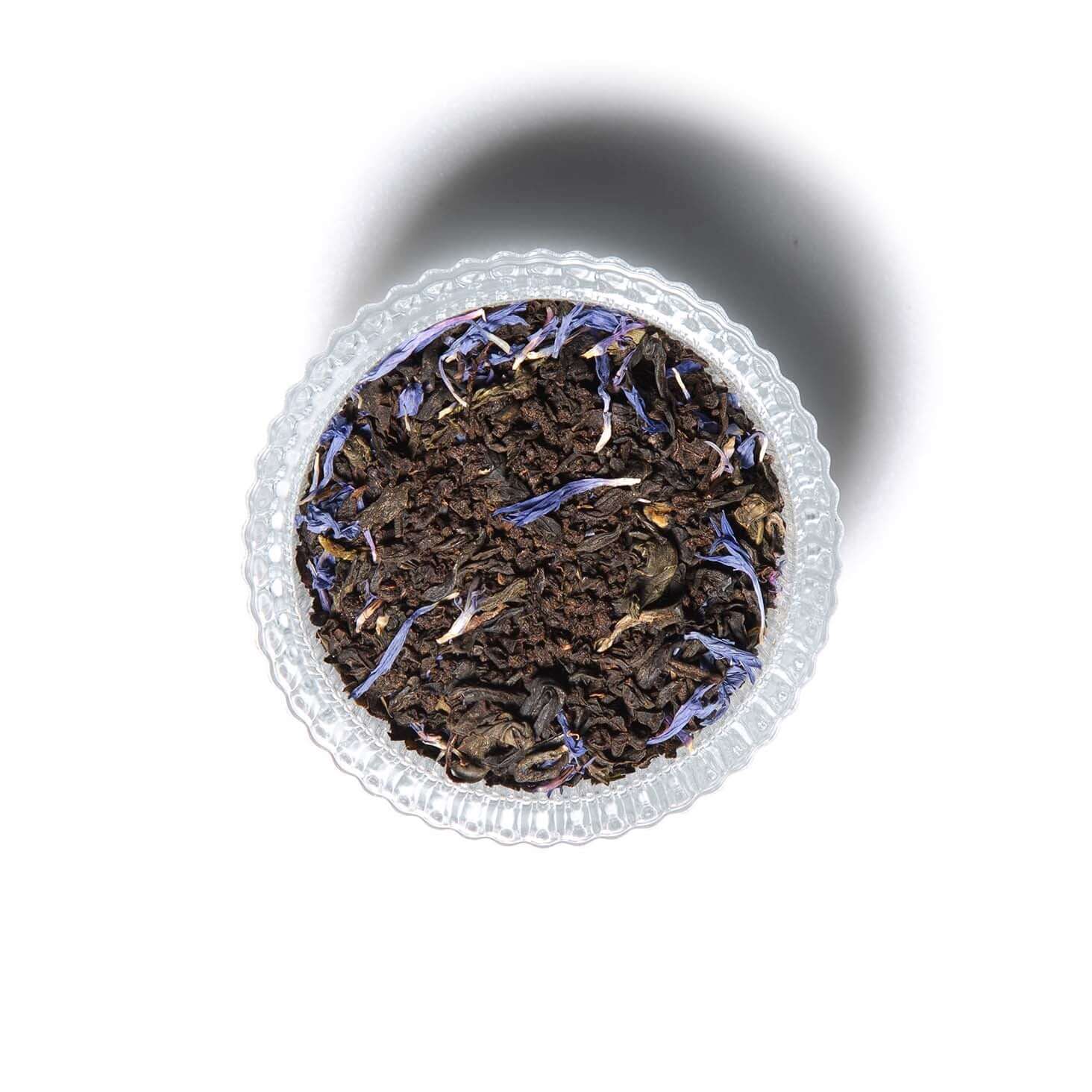Welcome to The Tea House on Los Rios, where we celebrate the art of making loose leaf tea. The versatility and variety on loose leaf tea is nothing short of amazing. However it's important to follow proper brewing techniques to make the best cup. Read on for an overview of the different types of loose leaf tea and discover how to make the perfect cup every time.
Different types of loose leaf tea require different preparation methods because their unique characteristics influence the flavor, aroma, and brewing requirements. For example, green tea is delicate and typically prepared with lower water temperatures and shorter steeping times to prevent bitterness. Black tea, on the other hand, is robust and benefits from hotter water and longer steeping to extract its full flavor. Oolong tea falls between green and black tea, requiring moderate temperatures and varying steeping times depending on the specific type. Herbal teas, which are not derived from the Camellia sinensis plant, often require boiling water and longer infusion periods to release their aromatic and medicinal qualities. Understanding the characteristics of different loose leaf teas, helps tailor the preparation process to achieve the best possible taste for each type.
1. Green Tea
Green tea, known for its refreshing taste and numerous health benefits, is a beloved choice among tea enthusiasts.
To brew green tea:
- Water temperature: 160-185°F (71-82°C)
- Amount of loose leaf tea: 1 teaspoon per 8 oz (237 mL) of water
- Steeping time: 2-3 minutes
- Optional: Add sweeteners or milk according to your preference.
2. Herbal Tea
Herbal tea offers a diverse range of flavors and is renowned for its soothing properties.
When brewing herbal tea:
- Water temperature: 210-215°F (99-101°C)
- Amount of loose leaf tea: 1-2 teaspoons per 8 oz (237 mL) of water
- Steeping time: 4-5 minutes
- Optional: Enhance the taste with sweeteners or milk, if desired.
3. White Tea
Delicate and subtle, white tea is known for its light flavor profile.
How to brew white tea:
- Water temperature: 175-185°F (79-85°C)
- Amount of loose leaf tea: 2 tablespoon per 8 oz (237 mL) of water
- Steeping time: 3-4 minutes
- Optional: Add sweeteners or milk to complement your taste preferences.
4. Black Tea
For those seeking a robust and bold flavor, black tea is the perfect choice.
Brewing black tea involves:
- Water temperature: 205-212°F (96-100°C)
- Amount of loose leaf tea: 1 teaspoon per 8 oz (237 mL) of water
- Steeping time: 3-5 minutes
- Optional: Customize with sweeteners or milk based on your liking.
5. Oolong Tea
With its unique characteristics and complex flavors, oolong tea offers a delightful experience.
To brew oolong tea:
- Water temperature: 190-200°F (88-93°C)
- Amount of loose leaf tea: 1 tablespoon per 8 oz (237 mL) of water
- Steeping time: 3-5 minutes
- Optional: Sweeteners or milk can be added to enhance the taste, if desired.
6. Rooibos Tea
Rooibos tea, renowned for its caffeine-free nature, provides a soothing and relaxing experience.
When brewing rooibos tea:
- Water temperature: 210-214°F (99-101°C)
- Amount of loose leaf tea: 1-2 teaspoons per 8 oz (237 mL) of water
- Steeping time: 4-5 minutes
- Optional: Personalize your cup with sweeteners or milk, if preferred.
Tips for Perfect Tea Brewing:
How to gauge water temperature without a thermometer:
| Water Temperature | Visual Cues |
|---|---|
| Cold (room temp) | No visible activity |
| 122-158°F (50-70°C) | Small bubbles form on the bottom |
| 158-176°F (70-80°C) | Bubbles increase in size |
| 176-194°F (80-90°C) | Water starts to simmer |
| 194-203°F (90-95°C) | Small, gentle bubbles rise to surface |
| 203-212°F (95-100°C) | Rolling boil, large vigorous bubbles rise to surface |
- Start with fresh, high-quality loose leaf tea for the best flavor.
- Use a proper measuring spoon or scale to ensure consistent tea-to-water ratios.
- Utilize an appropriate tea infuser or filter to allow the tea leaves to expand fully.
- Pay attention to water quality and temperature, as they can significantly impact the taste.
- Follow the recommended steeping time to avoid bitterness or a weak flavor.
